http://www.marksdailyapple.com/
Hey folks! This week, PHCI’s curriculum director, Erin Power is answering your questions about cheat days, how to handle hunger during intermittent fasting, and the best thing to do when you get the chills. Keep asking your questions over in the Mark’s Daily Apple Facebook group or post them in the comments below.
John asked:
“I’ve been doing intermittent fasting for a few months and it’s working well, but I get hungry after 14 hours or so. Wondering if it’s best to try to muscle through the hunger when I feel it kick in or should I just eat?”
There are several different ways to practice intermittent fasting and they all have proven disease-fighting and anti-agent benefits.1 There’s the popular 12:12, 16:8, 18:6, and 20:4 methods, alternate day fasting, multi-day fasting, and really any way you can slice a period of time. The best way to figure out which method is right for you though, is to experiment.
A longer fast may have worked for you in the past, but the human body is a miraculous and adaptable organism. What felt great at one point might not be in your best interest now. And if you’re feeling tempted to push yourself to resist eating for a few extra hours, thinking more is better, let me remind you that there’s no award given to the person who can fast the longest. You’re also not going to have your IF card pulled if you decide to eat outside your original window.
Everything about our culture seems to discourage us from listening to what our bodies are telling us. We somehow believe that other people know us better than we do.
Listen, if something isn’t working, my body will tell me, and I trust that. I try to teach my clients the same thing: to trust the signals they get from within; rather than relying on what a scientific paper, influencer, or so-called-expert tells them is going to prolong their life or bestow them with optimal health.
So, instead of pushing through the pain (or hunger in your case), what if you took that hunger as a sign? What if you honored your body by listening to your grumbling stomach and sluggish energy levels and gave it the fuel it was asking for?
 I know meditation is good for me, but I don’t know how to start.
I know meditation is good for me, but I don’t know how to start.
I’ve tried to meditate before, but my mind is too busy.
It sounds easy, but it feels hard.
Not sure what the hype is all about? Find out why millions of people have been meditating for thousands of years.
Meditate with us for 21 days, complete with video meditations, a tracker, and community support!
How Do You Recognize Your Body’s Signals?
- Stop a few times a day and take inventory of your body. Identify any sensations going on – what’s happening in your stomach, your jaw, your shoulders, your focus, and your mind.
- Record the negative and positive feelings you observe, then connect the dots. Is your focus starting to wane because you haven’t eaten in awhile? Are your shoulders tense because you haven’t stepped outside all day?
- Adjust as necessary. What happens when you decide to break your fast with an epic protein-forward meal vs continuing to muscle through the hunger? Are you satisfied and satiated instead of unfocused? Experiment with responding to your body’s signs and see what happens.
As I mentioned, I’m a huge fan of listening to my body. If I’m hungry, I eat. I don’t starve myself or battle hunger pangs just because I’m following a program that generally says I should. That being said, you might want to ask yourself if you’re really hungry or if something else is at play.
Does your hunger kick in when you feel stressed at work? You’re trying to avoid a task? Or when you feel bored? Or is it that it’s been 14 hours and your body is ready for fuel? Only you know the answer and once you start to really listen to your body, you won’t have to second guess whether or not it’s time to eat.
Julie asked:
“Someone said they were having a “carb cheat day” for Menu Monday over on the Keto Reset Facebook page. Can you explain how a carb cheat day even works?”
There is some research to support having a “carb refeed” for those who have their insulin sensitivity dialed in, or who perform high intensity exercise on a regular basis – especially for women. But declaring a whole day a cheat day, in my opinion, is an excuse for allowing poor nutrition and lifestyle choices on a regular basis.
The whole concept of a cheat day just doesn’t sit right with me. And when you throw the term “carbs” into that phrase, it really lights me up.
Why Carbs Aren’t the Enemy
Carbs come in a lot of forms, everything from tangerines and turnips to Twinkies. And, as a reminder, foods aren’t good or bad. They just have consequences. Eating a steady diet of processed foods will likely put you on the fast-track to disease, while eating a piece of fruit or a root veggie is called balance.
Depending on what this person’s take on carbs are, they could be binging on highly processed, nutritionally void food under the umbrella of a “cheat day,” feeling justified because they believe they deserve to have a 24-hour period of indulging as a reward for their dialed-in diet the rest of the week.
So, to answer your question, a carb cheat day could look like a big bowl oatmeal and fruit, followed by grilled sweet potatoes and squares of dark chocolate. Or it could look like pastries, pizzas, and beer on repeat.
You Shouldn’t Need to Cheat
I think the bigger question is, why does a person need a cheat day? I typically avoid using that term because it reinforces the diet culture mentality that what you’re doing the rest of the time involves suffering or deprivation in some way. That you’ve got to ignore all your body’s cues 6 days a week in order to reach your goals. Which is total BS in my opinion. White knuckling all week long can and will lead to some kind of consequence, trust me.
Personally, I’m a live-in-the-moment person and believe that life is nothing without treating yourself. But treats should be indulged in on occasion, instead of dedicating a whole day of derailment just to get your fix. I’d rather see someone with a healthy and balanced mindset so that “cheating” isn’t even on the table.
Andrew asked:
“From a primal perspective, when you get chills with a fever, is it better to listen to your body and seek warmth or does it make sense to go the opposite way and immerse yourself in cold temps to trigger an adaptation in immune system function?”
There are some pros to allowing your body to adapt, but in general, I’d take your chills as a sign that you should take steps to warm yourself up.2 Any time your body is fighting something off, it responds by increasing your body temperature. Submerge yourself in an ice bath or take a cold shower and you’re causing your body to work harder than it needs to.
I find it interesting that even if we feel awful and have limited energy, we believe that pushing ourselves is the answer. Feel cold? Let’s tough it out. Tired? You should probably fight the urge to sleep. Hungry? Go ahead and starve yourself for another hour or two.
Ignoring Needs is a Learned Behaviour
It’s ridiculous how much people ignore their internal signs. Like it somehow makes you weak to “give in” to the sensations you’re feeling in your body. But blocking these sensations or convincing yourself to suffer through them is a learned behaviour. And it’s something that can be unlearned.
What would happen if you allowed yourself to notice what’s going on in your body and take action on it? Life isn’t meant to be a suffer-fest. It doesn’t make you less bad ass to be in touch with your feelings. And it doesn’t make you less primal to grab a warm blanket when you’ve got the chills.
Practice listening to your body and see what happens. You might be really surprised by what it’s telling you.
Are you team ‘listen to your body’ or are you more used to ignoring your internal cues?
The post Ask a Health Coach: What’s Your Body Trying to Tell You? appeared first on Mark’s Daily Apple.


 June looms. Summer is almost upon us. The sun’s out, people are starting to gather and mingle, the big box stores are stocking charcoal again, and those chicken drumsticks, that tri tip, that lamb leg, and that salmon filet behind the butcher counter are looking good. You feel the pull of the grill. It calls to you. You need to respond—but how to do it?
June looms. Summer is almost upon us. The sun’s out, people are starting to gather and mingle, the big box stores are stocking charcoal again, and those chicken drumsticks, that tri tip, that lamb leg, and that salmon filet behind the butcher counter are looking good. You feel the pull of the grill. It calls to you. You need to respond—but how to do it?





 The beauty of microworkouts is that you can do them virtually anywhere with minimal time investment, and the cumulative training effect really adds up… if you remember to do them.
The beauty of microworkouts is that you can do them virtually anywhere with minimal time investment, and the cumulative training effect really adds up… if you remember to do them.

 Crisp and caramelized on the outside, but never burnt. A first bite that melts in your mouth as the savory, perfectly seasoned flavor of beef hits your palate. The rich, smoky aroma of animal fat dripping onto an open fire.
Crisp and caramelized on the outside, but never burnt. A first bite that melts in your mouth as the savory, perfectly seasoned flavor of beef hits your palate. The rich, smoky aroma of animal fat dripping onto an open fire. Rib steaks are basically a prime rib roast cut into portions, with or without the bone.
Rib steaks are basically a prime rib roast cut into portions, with or without the bone.




 The most common method is searing the steak first on the stove, then finishing it in a hot oven.
The most common method is searing the steak first on the stove, then finishing it in a hot oven. A small but vocal population of steak lovers swears by the “reverse sear” technique. The theory behind this method is that cooking the steak in the oven first will dry the outside of the steak while slowly cooking the inside and keeping it tender. If the outside of the steak is dry, it will then sear faster and more efficiently in a hot pan.
A small but vocal population of steak lovers swears by the “reverse sear” technique. The theory behind this method is that cooking the steak in the oven first will dry the outside of the steak while slowly cooking the inside and keeping it tender. If the outside of the steak is dry, it will then sear faster and more efficiently in a hot pan.


 Research of the Week
Research of the Week







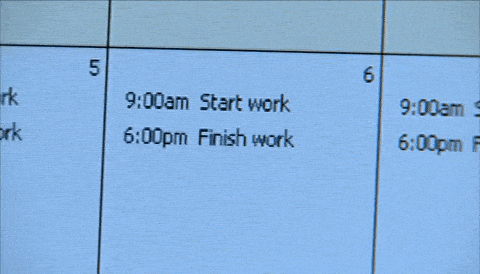
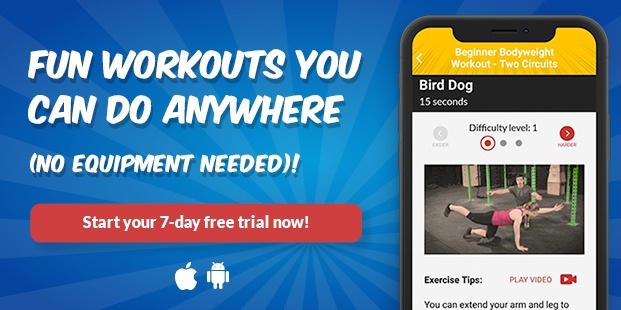



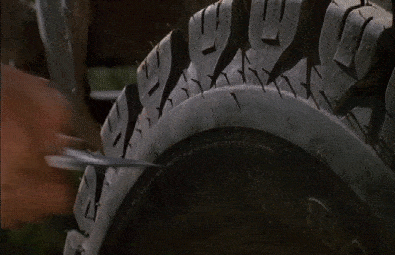




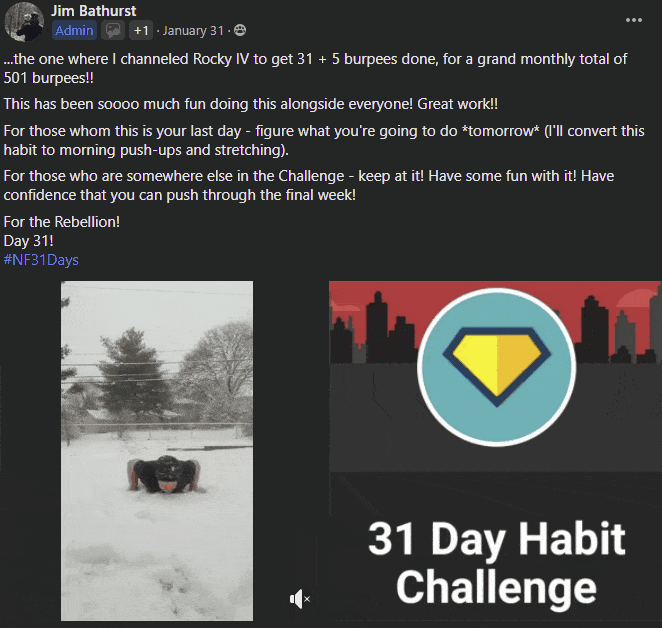
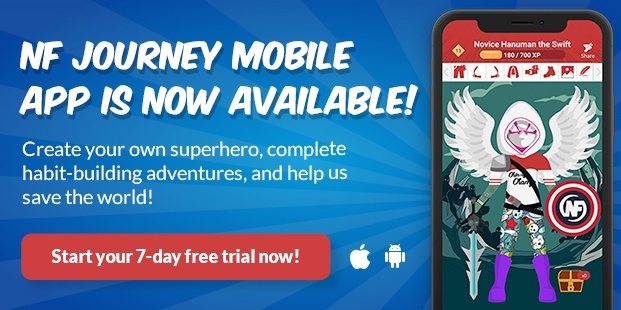






 For now classes are 6pm and 640pm at 2840 Wildwood st in the Boise Cloggers studio.
Book your class NOW!
click this ==>
For now classes are 6pm and 640pm at 2840 Wildwood st in the Boise Cloggers studio.
Book your class NOW!
click this ==>








